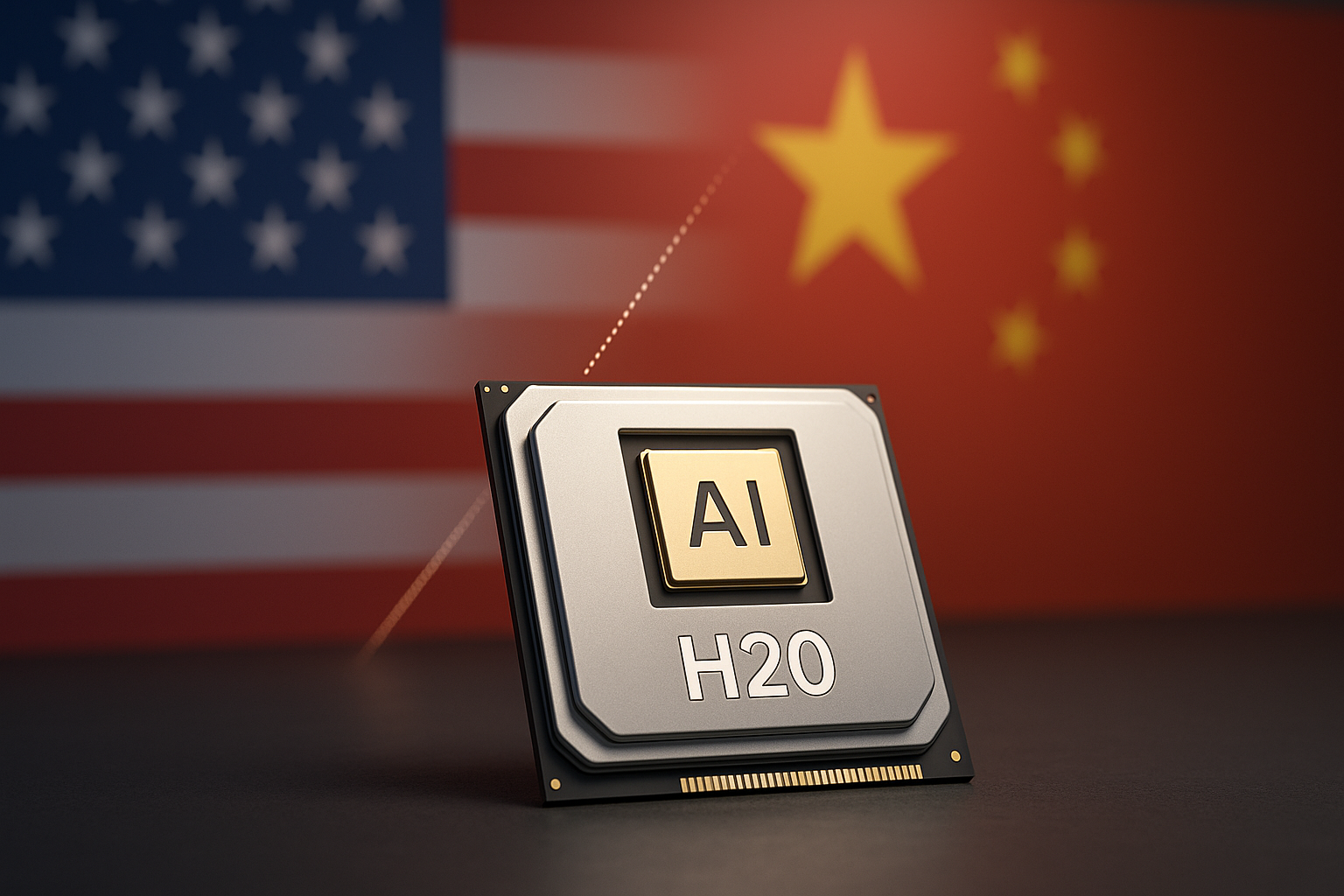The news about Nvidia's H20 processors finally making their way to China hasn't exactly dominated headlines. It should have. What we're witnessing is nothing short of corporate diplomacy at its finest—a masterclass in how to dance between regulatory raindrops without getting soaked.
I've been tracking tech export controls since the Trump administration first targeted Huawei, and this latest development follows a familiar pattern: public restriction, private accommodation.
Let's back up. When Trump announced those 30% tariffs on Chinese goods, markets reacted with a collective shrug. Been there, done that. The headline elements seemed straightforward enough—China got relatively favorable treatment on tariffs and educational exchanges stayed intact, while America secured zero tariffs on exports and access to those increasingly critical rare earth materials.
But the devil? He's in the details. Always is.
Buried in the regulatory fine print was something far more interesting than the posturing—quiet authorization for AI-related software exports to China, and now, these H20 processor deliveries. This suggests a reality far more nuanced than what either side's public statements would have you believe.
Look, semiconductor regulation isn't really about political soundbites. It's about the messy intersection of technical specifications, national security hand-wringing, and the relentless momentum of global supply chains that simply refuse to be contained by borders or executive orders.
What makes the H20 chips particularly fascinating (at least to nerds like me who follow this stuff) is how deliberately they were engineered to thread the regulatory needle. Powerful enough to be commercially viable in China's massive market but constrained enough to theoretically address Washington's concerns about enabling advanced AI capabilities in what officials keep calling a "strategic competitor."
Nvidia didn't just stumble into this solution. The H20 was purpose-built for regulatory arbitrage—a chip designed not just for computing tasks but for navigating the labyrinthine world of export controls.
I spoke with several industry analysts who confirmed my suspicions: this represents a template for how American tech giants might preserve their global market access despite increasing geopolitical tensions.
"It's brilliant, really," one semiconductor expert told me over coffee last week. "They've created a product category that didn't exist before—the 'compliant-but-capable' chip."
The contrast between rhetoric and reality here is... well, striking doesn't quite capture it. The same administration publicly championing tighter restrictions on technology transfers to China has somehow found room for Nvidia's commercial interests. Not that there's anything necessarily wrong with that—policy always involves balancing competing priorities—but the lack of transparency around these decisions raises eyebrows.
Having covered similar regulatory maneuvering during the financial crisis, this pattern feels familiar. Remember how those banking regulations were announced with great fanfare, only to be quietly diluted during implementation? Same playbook.
Smart money has already figured this out. It's why Nvidia shares haven't tanked despite the apparent tightening of export controls. Sophisticated investors understand that companies like Nvidia have become too central to both American economic interests and global technological development to be completely hamstrung by geopolitical posturing.
The implications stretch far beyond one chip company, though. This creates a roadmap for other tech firms navigating increasingly complex export control regimes. The winning strategy seems to be: publicly accept restrictions, privately negotiate with regulators, then develop market-specific products that technically comply with regulations while preserving as much commercial opportunity as possible.
What does this mean for Intel, AMD, and the constellation of AI startups watching from the sidelines? Patience pays. Technical creativity matters. And quiet lobbying is worth every penny.
For investors trying to make sense of this regulatory landscape, here's my take: treat big policy announcements as opening positions in a negotiation, not final outcomes. The real story unfolds in implementation details, technical specifications, and those whisper-quiet exemptions that follow the headline-grabbing declarations.
The China-Nvidia saga continues to unfold as one of the most fascinating case studies in how today's multinational tech companies navigate the treacherous waters where commerce, national security, and geopolitics converge.
Everything is geopolitics these days. Or maybe—and this is the thought that keeps me up at night—geopolitics is just another form of regulatory arbitrage opportunity.
Either way, markets will continue finding paths of least resistance. They always do.




